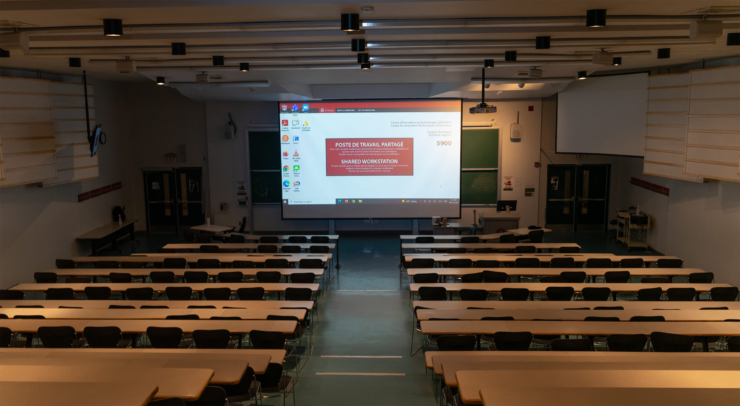Big tech companies are diving into our precious freshwater supply to fuel the AI revolution
What is the true cost of using generative AI? The plentiful amounts of hype and hope surrounding a breakthrough in AI technology does not account for the serious cons, which are detrimental to our planet, and survival. One of those cons being the usage of freshwater used to cool AI data centers.
Fresh water is essential to human life, we require 2.7-3.7 litres of water every day. In a world where two billion people lack safe drinking water, and the global urban population facing water scarcity is projected to be two billion in 2050, the growing cases of extreme and prolonged drought, and lack of freshwater supply is a universal threat.
There is no doubt that AI has been fueling the latest technological revolution, used for advancements in healthcare, data analysis, manufacturing, agriculture, energy, and education. However, the continual and rapid adoption of this revolutionary technology is depleting our already scarce supply of freshwater.
Hidden deep within the environmental sustainability reports from Google and Microsoft reveal the immense amount of freshwater used to cool their data centers. In 2022, Microsoft’s data centers consumed 6.4 billion litres of freshwater, and Google consumed a staggering 21 billion litres of water. Studies on ChatGPT’s generative AI suggest that GPT-3, their prior model, used 500ml of water for every 10-50 prompts, depending on the size of the response.
The popular, more data-intensive generative AI outlet, GPT-4 processes over 1 billion queries per day, with its user base expanding to 3.7 billion users as of October 2024. Additionally, the study by UC Riverside estimates that water withdrawal demand for global AI usage is projected to reach between 4.2 and 6.6 billion cubic meters by 2027, only two years away.
AI data centers use water in three different ways; on-site water for data center cooling, off-site water for electricity generation, and for server manufacturing.
For cooling the data center, a combination of air cooling is used in tandem with liquid cooling from the water. A cooling tower is used to dissipate heat into the environment, cycling the remaining water supply into an open loop.
Non-evaporated water however can only be recycled 3-10 times, thus requiring a constant supply of freshwater where 80 per cent of water withdrawn is evaporated. Data centres in warmer climates consume more water for cooling purposes as the warmer weather raises the evaporation rate.
The AI sprawl has paved the way for yet another round of Big Tech imperialism, from draining waters from the deserts in Arizona, to stealing an already scarce freshwater supply from the people of Canelones, Uruguay.
Maricopa County, Arizona, a county which is in popular demand for many big tech data centers — and a tax haven with tax relief incentives for data centers — has been in the spotlight for many years, for the strain it puts on its energy and water supply. Arizona has been a favourable state for data center development centres for its low exposure to natural disasters and cheap electricity, but this has come at the cost of the electricity and water needs of the Navajo Nation.
Regulators in Arizona provide utility companies increased returns of 8-10 per cent for capital projects, making utility companies favour routing their electricity and water towards increasing big tech profits, over the Navajo who many of which live day to day with faulty, and pricy utility bills.
In Canelones, Uruguay, the construction of a second Google data center intended to improve access to the growing demand for AI. The $1.2 trillion CAD investment has cleared 72 acres of land for a centre that guzzles 7.6 million litres of water a day to cool its servers, equivalent to the domestic use for 55,000 local citizens.
This comes at a time when the country was experiencing its worst drought in 74 years, where protestors flocked to the capital city, Montevido (43 km from Canelones) both cities and many others in the area relying on the Severino reservoir. An area experiencing a water crisis, with a trend likely to continue, the Google data center is set to open in 2026.
In a capitalist world which prioritizes technological innovation over protecting scarce natural resources, the new wave of threats from AI are being brought into the spotlight. Aside from extracting fossil fuels, the capitalists are coming for mother earth’s most sacred and valuable resources. Without it, life is not possible.





